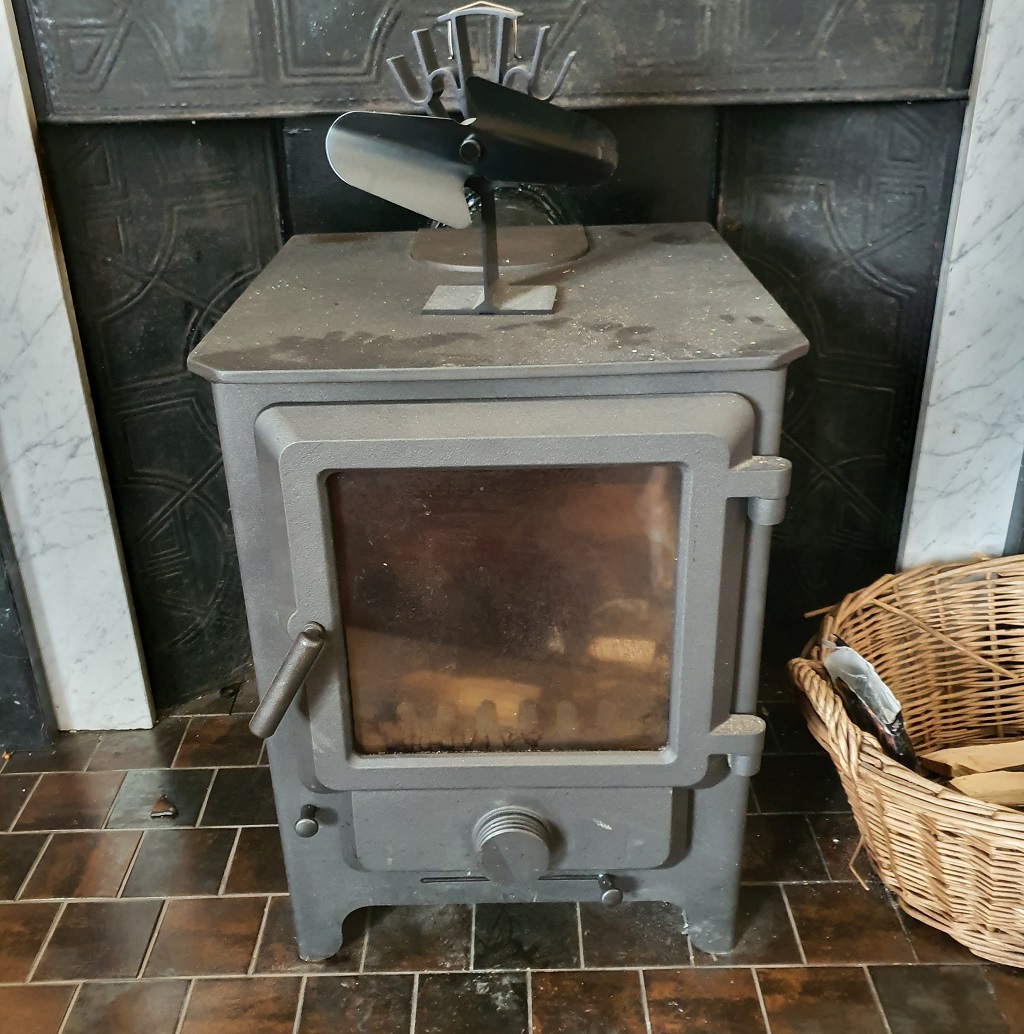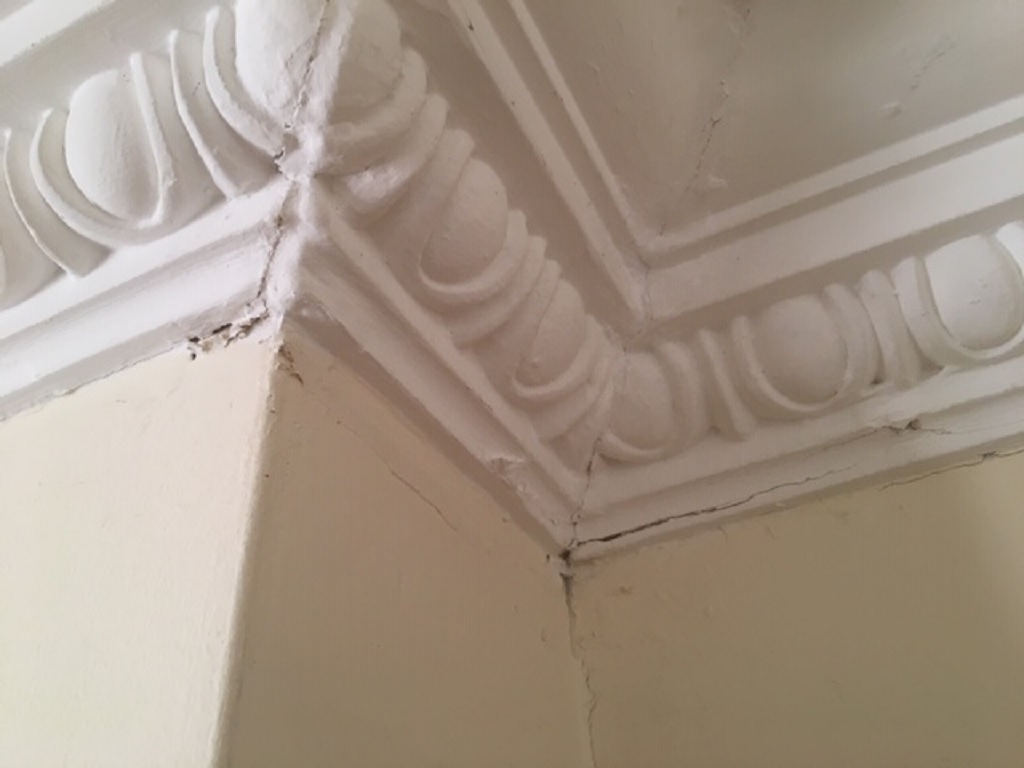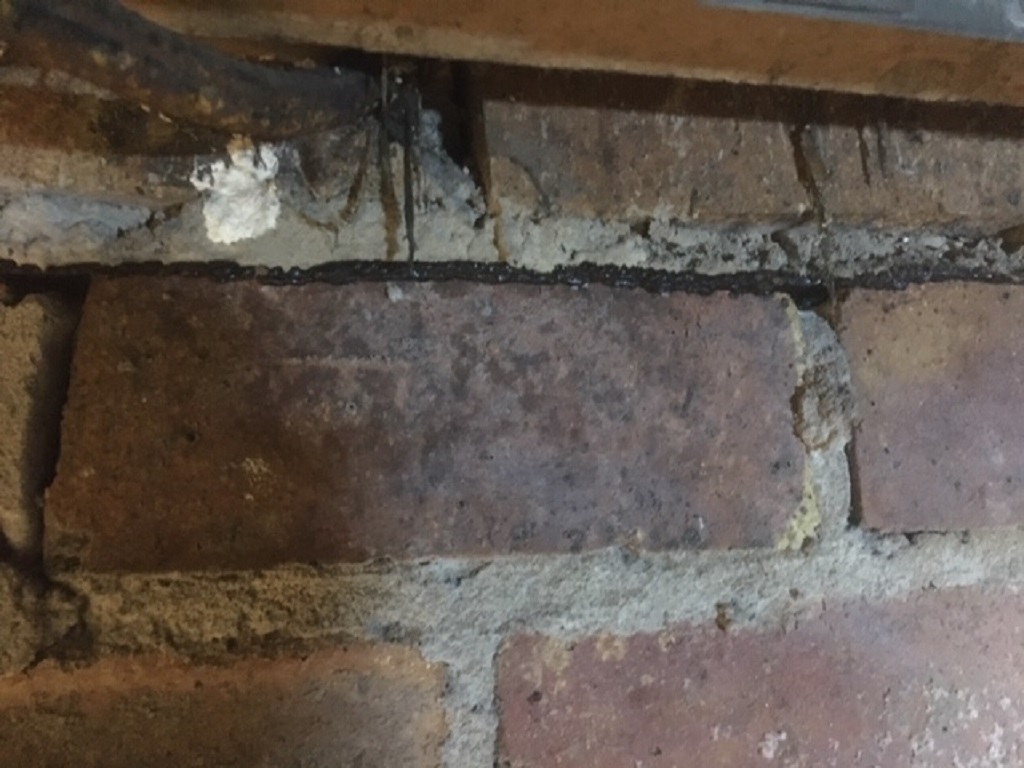We all have queries about properties when we’re renovating our homes, or buying and selling.
Scottish Field this week launches a new column, with Ewan M. White, who provides impartial, expert advice on a wide range of building and preservation issues.
Ewan’s role is to ensure there is a thorough scientific justification for any works to be carried out, and that unnecessary works are not undertaken. This gives clients peace of mind, and protects their interests throughout the building and preservation process.
Ewan is a registered scientist, expert witness and independent consultant with over 35 years’ experience in the building and preservation industry.
Providing a range of specialist services including diagnostic site inspections and surveys, Ewan reports on all aspects of dampness, condensation, timber decay and building defects.
Ewan has extensive experience of working with a vast array of residential and commercial buildings throughout the country, from Grade A listed properties to complex new builds.
Through his specialist building defects consultancy, Ewan aims to protect his clients’ interests by ensuring that the extent of proposed works are warranted, and that the recommended course of action is the most appropriate and cost-effective solution.
We begin his new column today with two questions he was recently posed.
Question 1: My modern house has suddenly developed cracks and movement in the walls and ceilings although only in the main sitting room. I think there may be issues with the roof and failing that my worry is that could I have subsidence. I have checked the other rooms and nothing is wrong and as such it seems strange that the problem is only in one room.

Ewan replies: I note that you think that the cracks have suddenly appeared. I also note from your longer email that the house is only 25 years old and the cracks have only become apparent in the last 2-3 years. From the various photos that you forwarded, I note that you have (a fairly substantial) solid fuel stove in the centre of the room. This was installed you recall around five years ago and replaced the previously open fire.
The good news is that given the age of the house, it is at best extremely unlikely that you have any localised subsidence or for that matter structural issues.

What would appear to be the case is that in common with a lot of house owners, you enjoy the heat that comes from a good log burner on full tilt. You like me will marvel at the heat in the room, however if you will, contrast that heat with the directly adjacent rooms. If for example there are bedrooms adjacent, they will be significantly cooler than the virtual sauna in the sitting room. This then although unseen will cause such a disparity in temperatures in the brick, timber and plaster between one material and another that cracks in the plaster can appear.
So, in summary and on the basis that you won’t be removing the stove any time soon, I would suggest that you have the cracks filled and then as a doctor once said to me ‘ everything in moderation’. Don’t have the heat too high in one room and try to dissipate and share the heat e.g. open the doors…
Question 2: After 40 years happily in the same house, I am in the process of selling it. The hopeful purchasers have arranged for various inspections. Further to this they have forwarded me a quotation for rising damp and have indicated that I am responsible for having the works carried out prior to purchase. I know that the old wallpaper needs renewing, but I never realised that I had actual damp.

Ewan replies: Having read through your longer email and the quotation that you supplied, I note that firstly your house was built circa 1930. From this date and also as confirmed in the photographs that you supplied, houses of this age and type almost without exception had physical damp-proof courses installed as part of the construction (mostly with tar/pitch as per the attached explanatory photograph)
My experience is that these old DPCs do not break down and as such I would assume will last as long as the house does.
These days for a number of reasons that we don’t have the time or space to go into here, it is generally recognised that condensation not rising damp is probably the most common cause of dampness within residential buildings today. Condensation in any form is not remedied by unnecessary plastering and chemical injecting.
If you have a question for Ewan, send it to editor@scottishfield.co.uk with ‘Ask the expert’ in the subject matter.
For more information about Ewan’s work, visit www.tbdco.co.uk.
TAGS

